Every morning, Jensen Huang, the founder and CEO of Nvidia, starts his day by reviewing 100 of the most critical emails in his inbox. On Sunday nights, he pairs his favorite glass of Scotch with an additional round of email reading. For decades, Nvidia employees have sent him “T5T” emails—short updates summarizing the top five things they’re working on, thinking about, or observing within the company. Remarkably, Huang has read every single one, using them to stay connected with the pulse of the organization and gain insights that might otherwise escape him.
“If you send it, I’ll read it,” Huang declares. This practice isn’t just a method for staying informed; it embodies his unique leadership philosophy. Since Nvidia’s early days as a startup, long before it became a trillion-dollar tech giant leading the AI revolution, Huang has used these emails to flatten hierarchy and streamline communication across the company. T5T emails are now a defining feature of Nvidia’s corporate culture and an organizing principle for its operations.
In his book The Nvidia Way, Barron’s senior writer Tae Kim delves into Huang’s unconventional management style and the factors driving Nvidia’s phenomenal success. Kim argues that Nvidia’s achievements are not solely due to its advanced chips but are also a reflection of Huang’s visionary leadership. Founded over 30 years ago in a Denny’s booth, Nvidia has become one of the world’s most valuable companies, rivaling Apple and Microsoft. Its stock is the best-performing in the S&P 500 over the past decade.
Kim highlights that Huang’s leadership blends relentless work habits with innovative organizational structures. Instead of confining himself to a private office, Huang works from conference rooms and often brainstorms at a whiteboard, using a specific marker brand sold only in Taiwan. His commitment to work is legendary—he avoids vacations, and when he does take time off, his intense productivity during those breaks becomes a source of anxiety for his employees. “He doesn’t remember movies he’s seen because he’s thinking about work the entire time,” Kim writes.
Despite his workaholic tendencies, Huang recognizes that the success of Nvidia depends on the actions of its employees, not just his directives. “Strategy, it turns out, isn’t what I say. It’s what they do,” Huang explained during an AI summit. The T5T emails provide him with unfiltered insights directly from employees at all levels, bypassing the watered-down reports that typically reach CEOs. Huang values “information from the edge,” as he described in a recent interview, emphasizing the importance of raw, real-time updates over polished executive summaries.
The T5T system emerged as a solution to a classic problem: maintaining a startup’s agility as it grows into a large organization. Early in Nvidia’s history, Huang sought a way to monitor the company’s operations and ensure alignment with its priorities without succumbing to bureaucratic inefficiency. Traditional status reports failed to meet his needs, as they often lacked immediacy and substance. The T5T emails, however, allowed him to gather a daily snapshot of Nvidia’s activities, innovations, and challenges.
The practice became a vital feedback loop for Huang, enabling him to detect weak signals—subtle trends or emerging opportunities that might be obvious to junior employees but invisible to senior leaders. One such weak signal was the growing importance of machine learning, which Huang identified through T5T emails years ago. Acting on this insight, he directed Nvidia to invest in GPUs optimized for AI workloads, a decision that has positioned the company as a leader in artificial intelligence.
Employees know Huang takes their updates seriously and may even reply. This level of engagement fosters a sense of accountability and innovation throughout the organization. Interestingly, executives have learned to avoid sending T5T emails on Friday nights to prevent Huang’s prompt responses from disrupting their weekends. Instead, many now send their updates on Sundays, allowing Huang to review them over his Highland Park Scotch and respond in time for Monday morning action.
Not every T5T email is about groundbreaking technology. Huang encourages employees to include anything they consider significant, whether it’s a business insight or a recommendation for a great fried chicken restaurant. However, Huang’s ultimate goal isn’t culinary exploration—it’s identifying untapped opportunities that could redefine markets. By staying attuned to the smallest signals, Huang has built a reputation as one of the savviest leaders in the tech industry.
Despite his hands-on approach, Huang refrains from sending his own T5T emails. Doing so, he believes, would stifle the creativity and honesty that the system fosters. “If I sent one, everyone’s things would soon look remarkably similar to mine,” he explains. Instead, he keeps his personal top-five priorities private, ensuring that the focus remains on the collective input of Nvidia’s workforce.
Kim concludes that while not every company can emulate Nvidia’s exact culture, leaders can learn valuable lessons from Huang’s approach. His ability to create a transparent, agile, and feedback-driven organization has propelled Nvidia to the forefront of technological innovation. For Huang, the T5T system isn’t just a management tool; it’s a window into the future, allowing him to navigate the complexities of a rapidly evolving industry while keeping Nvidia ahead of the curve.
